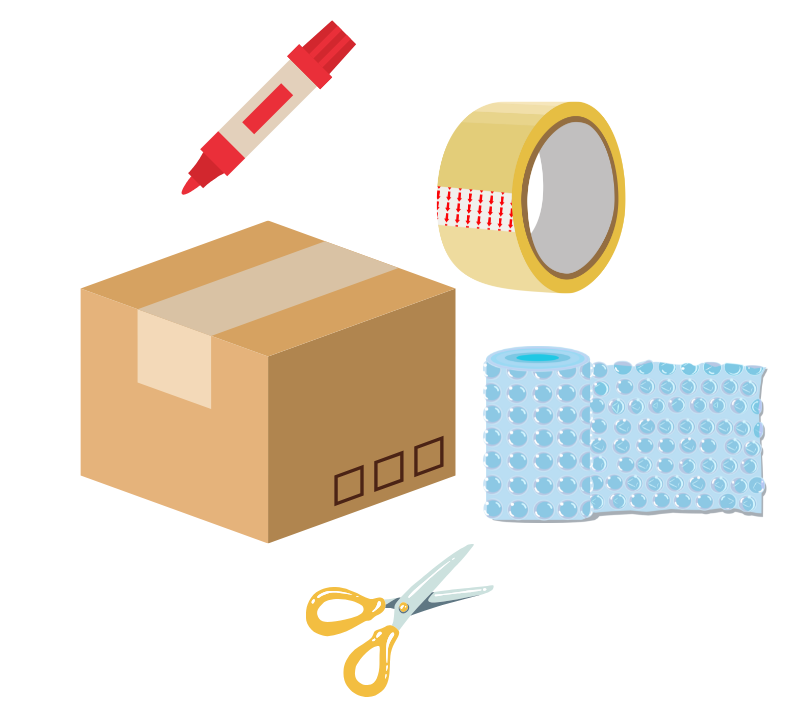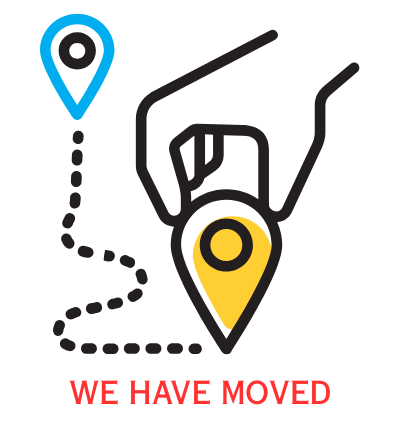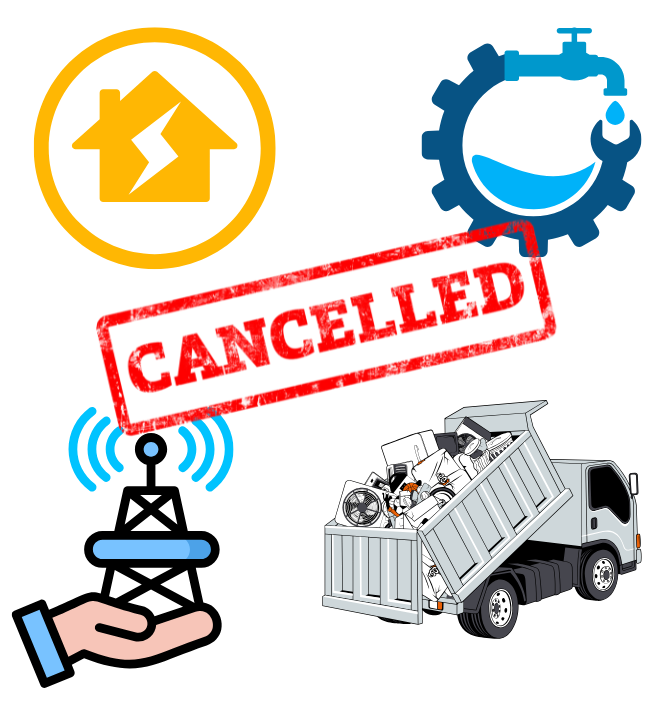
Tips & Tricks for a Smooth Transition
Moving can be a stressful and ulcer-inducing time. Upending your life, navigating a job switch, dealing with utility companies, Realtors, and movers – all while half your belongings are packed in boxes and your house is in chaos sounds like a nightmare. While I can’t promise moving won’t elevate your blood pressure after reading this, here are a few tips to help you prep for moving that should make it a little less painful.
Planning Your Move
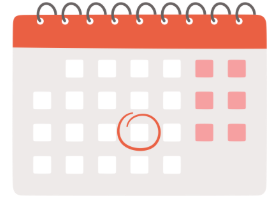
Step one to prep for moving is setting your date!
Putting your move date on the calendar early will help you to hold yourself and your family accountable for all the tasks that need to get done. You’ll be able to schedule movers, a truck, cleaners, and end utilities all by that date. Usually, you have to be out of your house or apartment based on a closing, the end of your lease, or the first day of a new job. If that’s the case, set a move date that’s a few days before so you’re not stressing when things inevitably take a little longer or slip.

Step two to prep for moving is creating a moving checklist.
When things get tough and your mind is going a thousand miles a minute or your just numb to all the chaos, surviving on cruise control, you’ll want a piece of paper in front of you spelling out exactly what’s left to do. Make it detailed. Divide and conquer. Take advantage of free apps like Asana to digitize your checklist and assign owners to each task with interim due dates. Continue reading for guidance on what to include in this checklist.
Declutter & Organizing
Step three to prep for moving is purging and/or donating items you no longer need.
We all have those things in our closets and our drawers. You know what I’m talking about. The red and black plaid heavy button-down that you swear you’ll need next time you have to dress up like a lumberjack. The set of dishes you’ve moved with you every time since your third year of college that you haven’t used since 2014. Moving is expensive and time consuming. So why bother packing things that you don’t actually use?! Some rules of thumb to help you out:
- the One-Year Rule: if you haven’t used an item in 1 year, consider donating it away.
- the 80/20 Rule: recognize that you likely use 20% of your items 80% of the time. Focus on keeping this 20% and purging the rest.
- Would I Buy It Again? ask yourself if you would purchase the item again at full price. If not, consider letting it go.
- The Box Method: put items you’re unsure about in a box. If you don’t retrieve the items after 6 months, donate them!
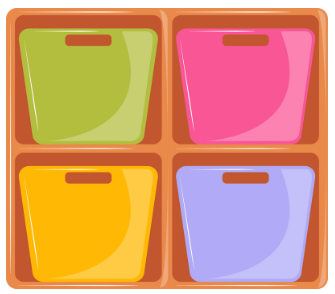
Step four to prep for moving is to organize each room for packing.
Think about when you go to the grocery store and buy a bunch of stuff. Some bags have things for the pantry. Some bags have things for the garage fridge. And some bags have toiletries for underneath your bathroom sink. Most cashiers and baggers do their best to group like-items together in your shopping bags. This is for your benefit so it’s easier to unpack each bag once you are home. Packing to move is no different. You’ll thank your future self when every box has stuff specific to one room. But before you even put like-things in a box, you have to consolidate the like-things together in each room first! This might mean putting that tape measure that’s been under the kitchen sink back down in the basement with the rest of the tools. Or taking the stack of books on your nightstand and putting them next to the bookshelf in your office.
Gathering Packing Supplies
Step five to prep for moving is to list out and procure your essential packing supplies.
This includes things like boxes, tape, markers, and bubble wrap. I bet you all could think of those four supplies without reading this blog post. But would you also know to consider the following?
- Furniture sliders: these bad boys make it easy to move heavy furniture across the floor without scratching.
- Stretch wrap: ever try to move a dresser and have all the drawers slide out at once, massively changing the center of gravity and causing you to drop it all? Yeah – try wrapping that dresser in stretch wrap to keep the drawers secure!
- Packing paper: most people use old newspaper to pack fragile items . . . but who has actual print newspapers these days just laying around!?
- Foam pouches: use these for everything from glassware to more delicate electronics.
- Corner protectors: plastic pieces that protect your tables and picture frames from damage when your helpful nephew accidentally lets the corner bite into the wall on the way to the truck.
- Ziplock bags: “damn it, Mary! where are the screws for this bedframe!?” There’s a magical invention to keep things like assembly screws and washers together when you take apart furniture and you should totally use them when you move!
- Cable ties: no one likes a rats’ nest of cords.
- Mattress covers / bags: keep the surfaces you sleep on dirt free and protected by covering them.
- Rope and bungee cords: yes Dave, we know you’re the master at playing tetris with all the boxes in the back of a moving truck. For the rest of us, use rope and bungee cords when you need to make sure something stays secure in the back of the truck.
- Blankets and towels: nothing like a nice scratch down the middle of that mahogany coffee table to add some much-needed character to it, eh? You’ll want to cover all fragile or scratch-prone surfaces with a blanket or towel.
Packing Strategies

Step six to prep for moving is to pack!
Let’s discuss some strategies here. We already went over the grocery bag example – put like-items in the same box(es). And label the boxes. Include room (they are going to) and contents. Best way to start is to pack up one room at a time. If you’re ambitious and on top of it and didn’t wait until the last 2 days before your move date to start this step, set a goal to pack up one room a day. Do it after work in the evening while blasting your favorite audiobook and/or drinking a tasty cold beverage. Start with the room of least importance (like the library, garage, or “flex room”) and progress to the rooms you use stuff out of every day. You’ll most likely pack your kitchen, bathroom, and bedroom last. Protect fragile items with blankets or towels (see step five!).
Step seven to prep for moving is to assemble your Day 1 Bag (or Box).
This is the one bag or box that you’ll pack last and open first. It has the stuff you need to survive starting day 1 when you get to your new place. Things like scissors, a set of utensils, medication, toilet paper, important documents, and that awesome water flavor squirter you can’t live without (MIO Sweet Tea flavor anyone?).
Address & Utility Management
Step eight to prep for moving is to change your address online.
And by “online” I mean the 20+ online credit card, bank, and merchant accounts that use your address and zip code for everyday activities and finances. If this sounds daunting, that’s because it was, for me at least. I spent probably 4 hours combing through every site I could think of to update my address for the bank accounts, investment accounts, credit cards, Lowes’ card, Amazon Prime, Netflix, and even Sirius XM to name a few. In this modern digital age, it’s mindboggling to think about how many services and platforms use your address. But for those who don’t want to grab the bull by the horn and slog through it, there is a service available to help: updater.com They’ve got a cool streamlined app and lots of good checklists, info, and services to help you with your move, including updating your address across your digital ecosystem.
Digital self aside, we also need to take care of your physical mail. And for that I highly recommend checking out the United States Postal Service’s change of address service. For a mere $1.10 (at the time of writing this blog post) you can get mail forwarding services from your old address to your new address for a whole year through USPS. The service will also help you change your address for voter registration and get you some pretty sweet coupons you may find useful to setup your new pad. Coupons like 10% off at Wayfair.com and 10% off at Lowes, as well as deals on local internet provider plans.
Step nine to prep for moving is to cancel or transfer your utilities.
Call or email your utility providers and ask to close the accounts. If you’re moving local, see if they offer transfer services. You’ll want to get those final utility bills forwarded to your new address and make sure the next guy isn’t enjoying free internet on your dime. Services like updater.com will help guide you in canceling old accounts and setting up new ones at your next place. Don’t forget to return any routers, internet modems, or cable boxes for which your not-so-friendly cable company will come after you (or charge you a nice fee).
Step ten to prep for moving is to update your insurance.
Get in a car accident one week after being in your new house? Chances are you’ll have a hard time getting coverage unless you remembered to tell them you moved addresses. Car insurance rates are partly based on where you keep your vehicle(s) and how far you have to drive to work every day. So be prepared to get an adjustment to your premium when you tell them you moved.
Pets & Plants
Step eleven to prep for moving is to plan for pets and plants!
Besides your kids, these guys are your most precious cargo and should be treated as such. This means special handling when it comes to moving. Here are some tips to get your furry and leafy friends to their new home safely:
Moving Pets
- Visit the Vet: Schedule a check-up to ensure your pet is healthy for travel. Obtain any necessary vaccinations, medications, and health certificates.
- Update Identification: Ensure your pet’s ID tags and microchip information are up to date with your new address and contact information.
- Familiarize with Carriers: If your pet isn’t used to a carrier, introduce it gradually to make them comfortable. Use treats and positive reinforcement.
- Pack a Pet Travel Kit: Include food, water, bowls, leash, waste bags, toys, and any medications. Keep this kit easily accessible.
- Plan for the Journey: Make frequent stops for bathroom breaks and exercise if traveling by car. Never leave pets alone in a vehicle.
- Secure in Vehicle: Use a pet seatbelt, carrier, or crate to keep your pet safe during transit.
- Acclimate to New Home: Set up a quiet space with familiar items like their bed and toys. Gradually introduce them to the new environment.
- Maintain Routine: Stick to regular feeding and walking schedules to help your pet adjust.
Moving Plants
- Check Regulations: If moving across state lines or internationally, check for any regulations regarding plant transport.
- Prune and Inspect: Trim dead leaves and branches. Check for pests and treat if necessary.
- Repot in Plastic: If plants are in heavy pots, consider repotting them into lightweight plastic containers for easier transport.
- Water Appropriately: Water plants a few days before the move. They should be moist but not soaked on moving day.
- Pack Carefully: Use boxes to protect plants. Secure them with packing paper or bubble wrap to prevent movement.
- Control Temperature: Keep plants in a climate-controlled environment during transit. Avoid exposing them to extreme temperatures.
- Unpack Promptly: Once at your new home, unpack plants as soon as possible. Place them in similar lighting conditions to what they had before.
- Monitor Health: Keep an eye on your plants for signs of stress and adjust care as needed.
Final Preparations
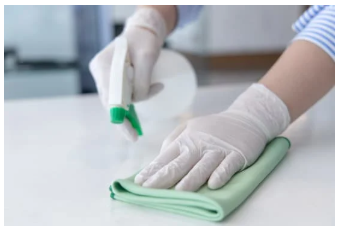
Step twelve to prep for moving is to clean your old place and do a final walkthrough.
If you’re hoping to get your security deposit back in full or passing the keys to new buyers, you’ll want to be sure to clean your former abode thoroughly. Don’t sweat normal wear and tear like nicks in the walls and scuffs on the paint. But do the next occupants a solid by emptying your fridge and cabinets of all food, removing nails and 3M strips you used to hang stuff on the walls, and scrub the toilet(s). I recommend hiring a cleaning company to take the load off your shoulders. Many will clean an apartment or average sized house for < $300. Don’t forget to walkthrough every room and closet one more time before locking up to make sure nothing is left behind.
Moving can be tedious and messy. Hopefully some of the tips and tricks above help you be more prepared and less stressed next time you have to move. In the meantime, I’d love to hear about your moving success or horror stories. Any other tips you can think of that I didn’t mention? And as always, get at me if you’re thinking about buying or selling in the Cincinnati area!



 Facebook
Facebook
 X
X
 Pinterest
Pinterest
 Copy Link
Copy Link


